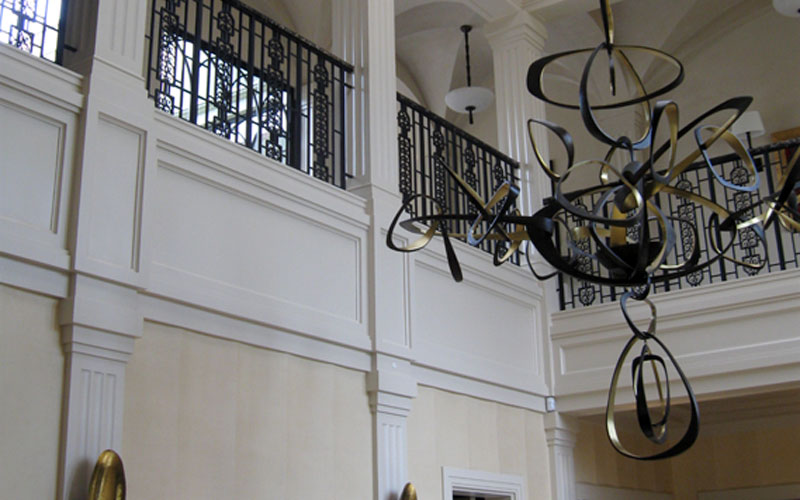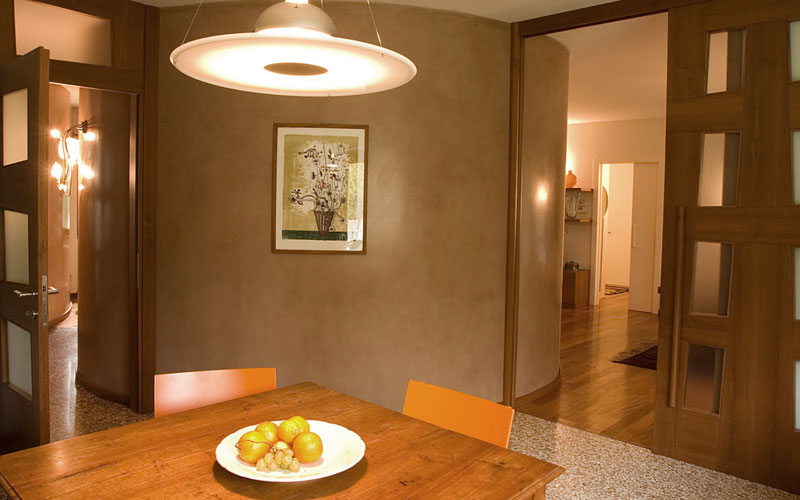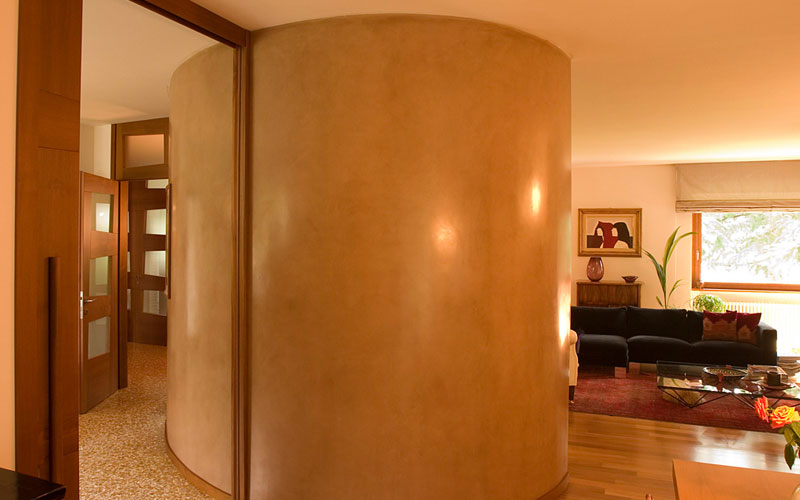|
The first traces of it may be found in the Mediterranean area, these go back to the period from 3.000 to 2.500 BC. Egyptians made a great use of it, the practice passed on Greeks and then to Persians to the East, then as far as the palaces of Maharajas in India. To the West, in Rome, Marco Vitruvio Pollione describes it into his “Ten Books of Architecture”, the use of this material spread throughout the Roman Empire. “Marmorino” hence became the most widespread finishing material for plaster work in buildings of classical style in Florence and then of mannerism style so renowned in Venice and its Republic. HISTORICAL OUTLINE Today, like yesterday, plasterer follows the Traditional System, after his Master’s lesson learns how to lay a coat of marmorino, to do marbling on it, to make relief moulding, to paint it (a fresco also) decorative motives, to realize his own projects or someone else’s, perfectly mastering his Matter and his Manual ability which become His personal distinctive Touch, plasterer is necessarily a restorer too. Though too many people use title and matter unduly, Venice and its surroundings are an island of culture and preservation of this artistic tradition, there still are actively operating the Masters, there antique and modern techniques are coincident, Venice inherited Rome legacy developing marmorino’ s art – experience. |








